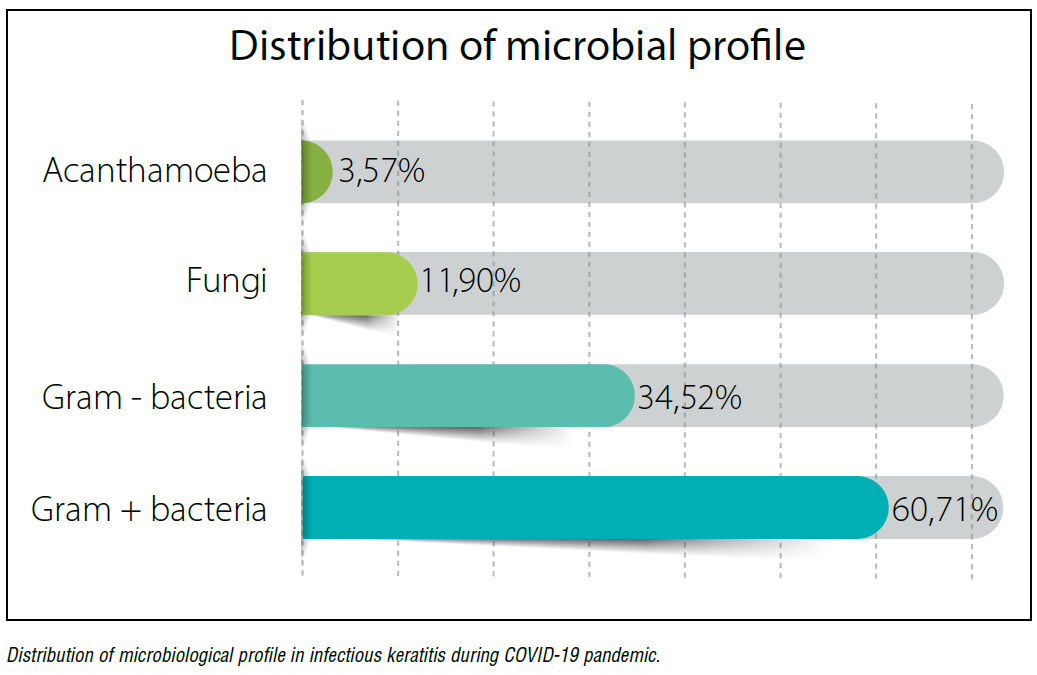Masks Not Associated with Microbial Keratitis Agents
Microbiological profile of infectious keratitis unchanged during COVID-19 pandemic. Dermot McGrath reports.

Dermot McGrath
Published: Saturday, April 30, 2022


Microbiological profile of infectious keratitis unchanged during COVID-19 pandemic. Dermot McGrath reports.

Published: Saturday, April 30, 2022

